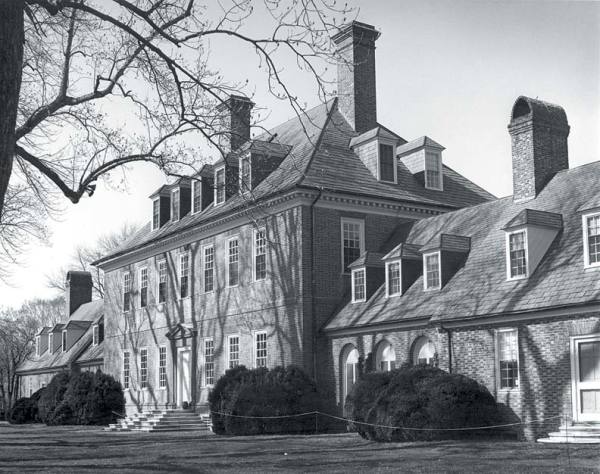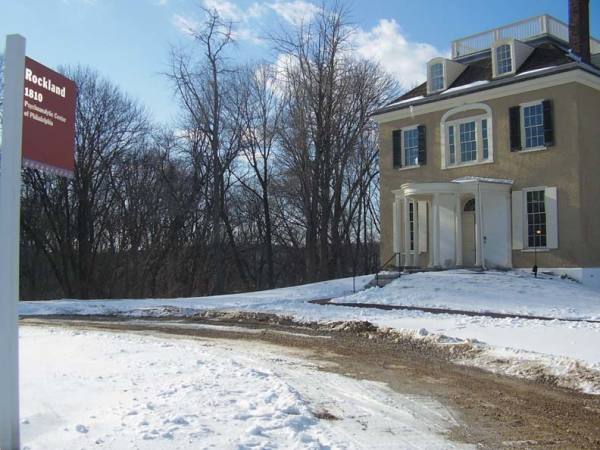
Carter’s Grove is expected to feature a “for sale” sign out front later this year. (Photo: Courtesy of the Virginia Department of Historic Resources)
The latest example is Carter’s Grove, the 18th-century Virginia plantation and one-time house museum, which Colonial Williamsburg plans to put up for sale later this year to a private buyer with restrictions to protect the property. “It’s a foreshadowing of what’s to come,” says Marcia Young, site manager for the David Davis Mansion, a house museum in Bloomington, Illinois. “Some buildings will have to be sold back into private hands.”
There are more than 8,000 house museums in the United States, and new ones continue to be created. Meanwhile, scarce dollars, fewer visitors, aging board members, and a wave of retiring staff are making it increasingly difficult for all of the museums to survive. Besides operating in the red, many house museums have no endowment to fall back on. “There’s no underpinning for the organization and its future,” says Donna Ann Harris, a preservation consultant and author of New Uses for Historic Houses.
Demographics are also taking a toll. House museums, which often celebrate the achievements of long-gone white males, must find ways to become relevant to a more ethnically diverse population, a reason often cited for declining visitor rates. Retiring baby boomers who currently serve as curators and administrators are yet another issue, but even more critical, many volunteers and board members are older still, often the age of the boomers’ parents. Busy schedules and younger retirees who are more noncommittal with their free time are making it hard for museums to find replacements, and that is leaving the buildings vulnerable at what may be their most challenging hour.

This historic house in Philadelphia has been leased to a healthcare facility. (Photo: Courtesy of the Fairmount Park Historic Preservation Trust)
While some house museums introduce snazzy iPod tours and dig deep into the site’s past for historical tidbits that will attract minorities, many more are reconsidering the use of their properties as community centers, schools, and even offices. The Fairmount Park Historic Preservation Trust in Philadelphia leases ten of its historic houses to businesses, ranging from architectural firms to health care providers, and uses the money from the rents to maintain the buildings.
But the most likely scenario is for house museums that are no longer sustainable to revert to their original purpose of private homes. That’s what Historic New England did with some of its properties in the 1970s.
Harris concedes that it takes a special person to buy such a house, which may have easements for the exterior, interior, and even the grounds, but none of the properties sold so far, she says, had difficulty attracting a buyer.
As a result, Harris believes that instead of creating new house museums, preservationists should adopt a policy often used in the South of revolving funds, whereby a historic property is purchased, sold for residential use with protective easements in place, and the proceeds used to buy and sell other historic houses. After all, she says, “These properties were originally built as homes. Why not just use them as such?”







